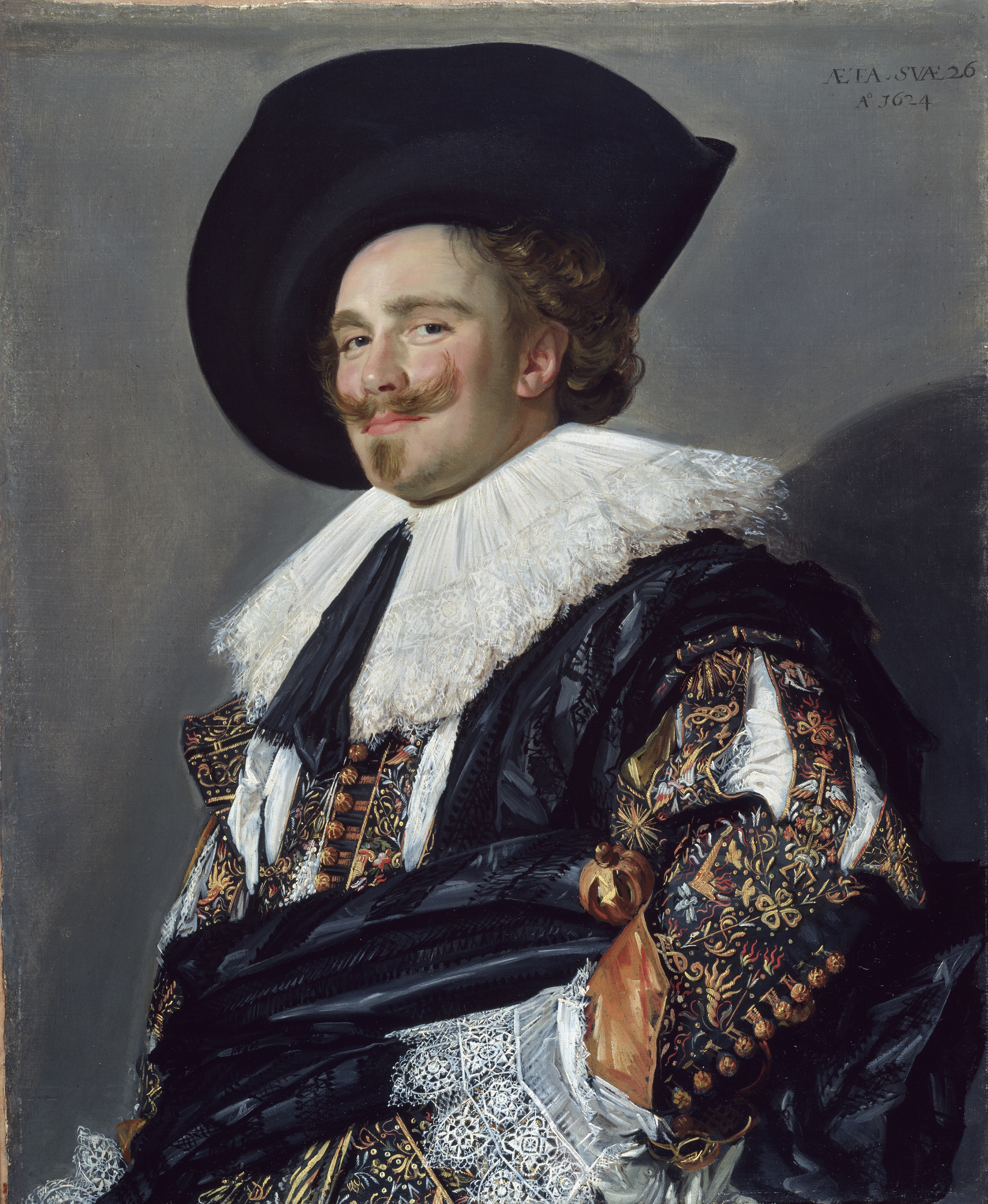|
1600–1650 In Western European Fashion
Fashion in the period 1600–1650 in Western European clothing is characterized by the disappearance of the ruff (clothing), ruff in favour of broad lace or linen collar (clothing), collars. Waistlines rose through the period for both men and women. Other notable fashions included full, slashed sleeves and tall or broad hats with brims. For men, hose (clothing), hose disappeared in favour of breeches. The silhouette, which was essentially close to the body with tight sleeves and a low, pointed waist to around 1615, gradually softened and broadened. Sleeves became very full, and in the 1620s and 1630s were often paned or slashed to show the voluminous sleeves of the shirt or chemise beneath. Spain, Spanish fashions remained very conservative. The ruff lingered longest in Spain and the Netherlands, but disappeared first for men and later for women in France and England. The social tensions leading to the English Civil War were reflected in English fashion, with the elaborate Fren ... [...More Info...] [...Related Items...] OR: [Wikipedia] [Google] [Baidu] |
Cavalier Soldier Hals-1624x
The term Cavalier () was first used by Roundheads as a term of abuse for the wealthier royalist supporters of Charles I of England, King Charles I and his son Charles II of England during the English Civil War, the Interregnum (England), Interregnum, and the Restoration (England), Restoration (1642 – ). It was later adopted by the Royalists themselves. Although it referred originally to political and social attitudes and behaviour, of which clothing was a very small part, it has subsequently become strongly identified with the fashionable clothing of the court at the time. Prince Rupert of the Rhine, Prince Rupert, commander of much of Charles I's cavalry, is often considered to be an archetypal Cavalier. Etymology Cavalier derives from the same Latin root as the Italian word and the French word (as well as the Spanish word ), the Vulgar Latin word ''wikt:caballarius, caballarius'', meaning 'horseman'. Shakespeare used the word ''cavaleros'' to describe an overbearing swashb ... [...More Info...] [...Related Items...] OR: [Wikipedia] [Google] [Baidu] |

